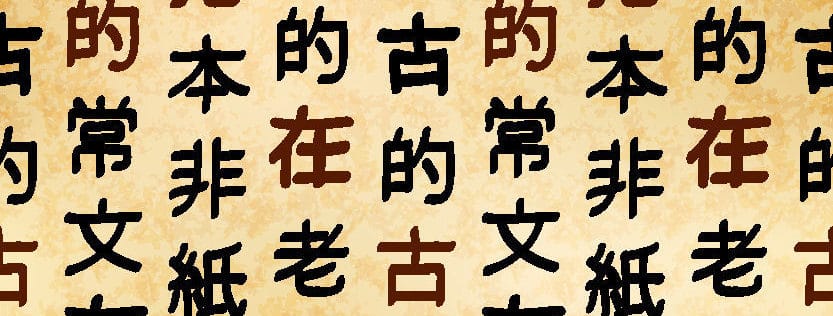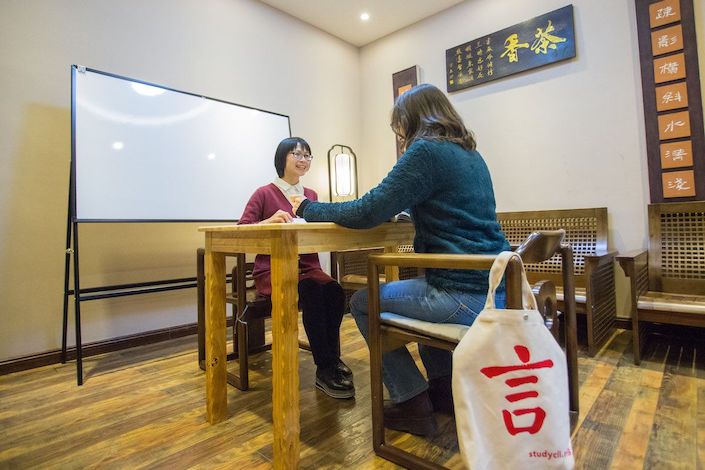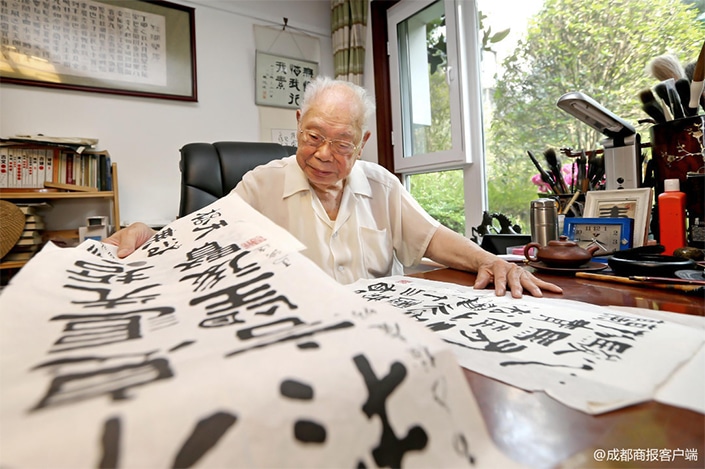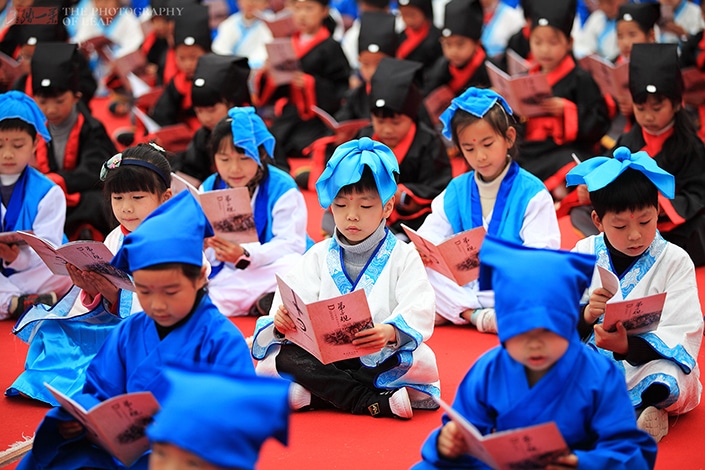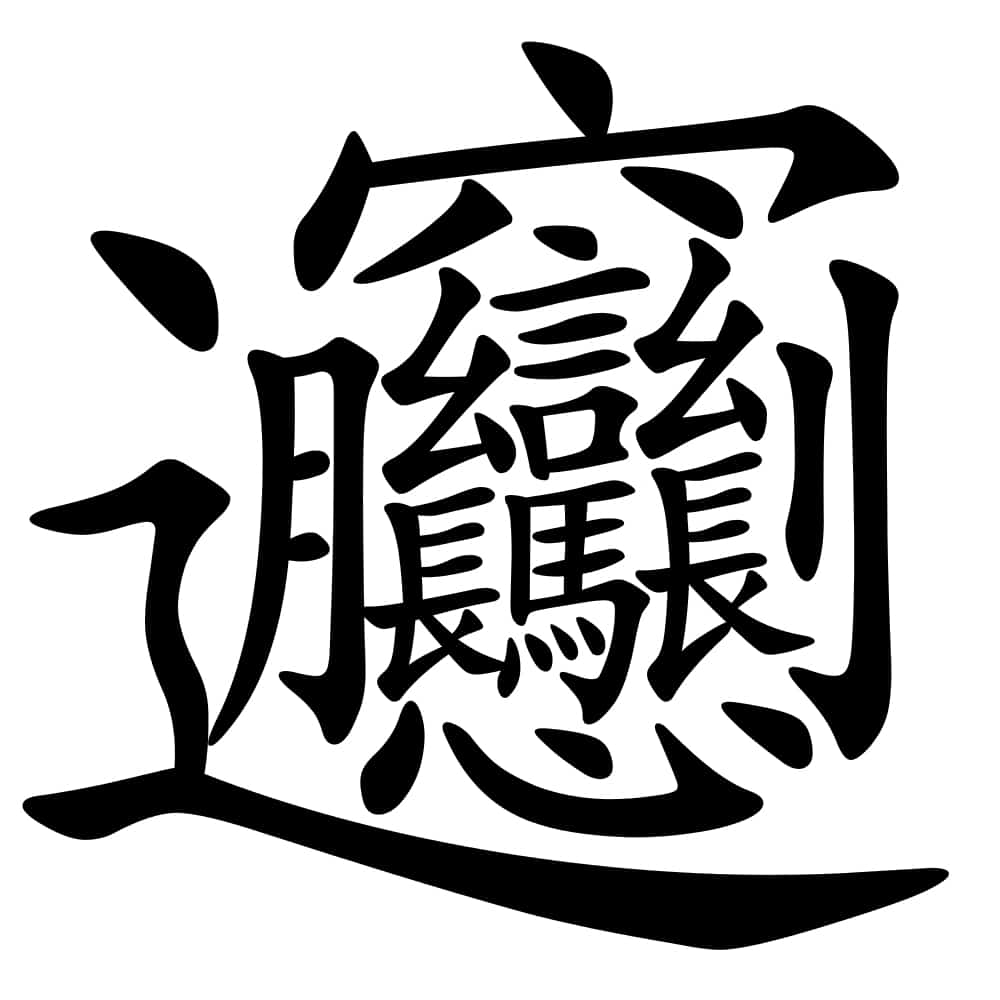Are Hanzi Important?
Learn Chinese in China or on Zoom and gain fluency in Chinese!
Join CLI and learn Chinese with your personal team of Mandarin teachers online or in person at the CLI Center in Guilin, China.
Chinese Hanzi, or characters, are often considered the most daunting component of the Chinese language. However, many students of Chinese also feel they are the most beautiful part of the language.
The Chinese writing system has origins dating back more than 4,000 years. Over this time, Chinese history has crystallized in the form of the roughly 50,000 characters that make up modern Chinese script.
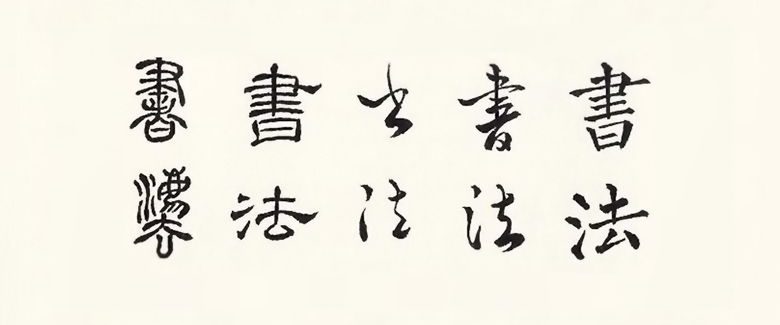
Chinese Characters (Hanzi): As Hard As They Look?
For most non-native Chinese speakers, Chinese characters (汉字 Hànzì) look like complex drawings that are hard to extract meaning from. However, Hanzi are actually constructed systematically using a limited number of component parts.
It's comforting to realize that all Chinese characters can actually be written using a limited number of single strokes. Contrary to what some students might assume, these strokes can be learned in just a few weeks. Mastering these strokes early in your Chinese learning will prove extremely useful in the long run.
Chinese radicals are classifying components of characters that help readers decipher meaning and pronunciation. Modern Chinese script has a total of 214 radicals. Most characters have one of these 214 radicals and some are more common than others. Luckily, most commonly used Chinese characters are composed of less than a third of these radicals.
https://www.instagram.com/p/B3hVOySFT82/
Radicals Can Help Uncover Hidden Meanings
Once you start to break apart the “drawings” of which Chinese characters initially appear to be composed, you begin to realize that many characters share similar components, and in turn similar meanings. Radicals often look slightly different from the original characters from which they developed, but you'll soon learn to recognize them.
For example, the Chinese character for "hand" is 手 (shǒu). However, the radical that means "hand" is 扌. The use of this hand radical in a Chinese character often indicates a verb/action involving the hand. For example, to push is 推 (tuī), to pull is 拉 (lā), to throw is 扔 (rēng), to lift is 提 (tí) and to grab is 抓 (zhuā). Note the 扌radical on the left of each character.
Thanks to the intimate connection between character components and meaning, it is possible for someone with a good knowledge of radicals and a bit of intuition to determine the meaning of a character that they have never seen before.
Once you learn to separate a Chinese character into its various components, the history of the character comes alive. Ancient tales of past emperors, brave war heroes or famous scholars will help shed light on its origins.
Gaining this kind of deeper understanding of Chinese characters allows you to attach meaning to an apparently ambiguous series of strokes. It also allows for the understanding and appreciation of Chinese culture on a much deeper level, a key component in mastering Chinese.
Is Learning Chinese Characters Worth It?
For thousands of years, learning Chinese Hanzi was the only way to learn the Chinese language. Thanks to the invention of various systems that can be used to romanize the Chinese language, however, that is no longer the case. The most notable romanization system is pinyin, a system which allows Chinese characters to be written using the letters of the Latin alphabet.
Pinyin is not a panacea
Thanks to the existence of pinyin, some students of the Chinese language choose to only learn pinyin. Often, they reason that pinyin is enough if they only need to learn to speak the language, not read and write.
Beginning Mandarin students aren't the only ones who have toyed with the idea of doing away with Chinese characters. In fact, during the Chinese educational reforms of the 20th century, some Chinese intellectuals argued that Chinese characters should be completely eliminated and replaced with pinyin. Luckily, their views were never widely accepted, however.
After realizing the integral role that Chinese characters play in the language, the reformers settled for simplifying the most difficult traditional Chinese characters instead.
There are many reasons why learning pinyin at the expense of Chinese characters is insufficient. One important one is the fact that Chinese is a language of homophones. This means that any given sound in pinyin can be represented by a great variety of different characters.
For example, the pinyin combination "lóng" can mean both "dragon" or "deaf/hard of hearing." The difference between these words only really becomes clear when we look at their corresponding characters: 龙 (dragon) and 聋 (deaf/hard of hearing).
Trying to keep track of the host of different meanings behind a single pinyin sound gets more and more complicated as you get more advanced. Happily, learning characters really helps to cut down on the confusion.
The importance of cultural context
Languages don't exist in a vacuum. Understanding the culture from which languages emerged is essentially for gaining fluency. Not only that, exploring the culture of the language you are learning is what makes studying languages so much fun!
Students who decide to only learn pinyin are not only setting themselves up for a great deal of confusion with regards to the meaning of identical-sounding words. They are also depriving themselves of an understanding of Chinese culture that only learning characters can provide.
Learning Chinese characters (Hanzi) helps put the language in content by revealing connections between different words and concepts. It also gives students a window into the historical evolution of the Chinese language. For all these reasons, learning Chinese Hanzi is a must.
*image sourced from http://www.ngansiumui.com and altered to fit CLI blog format


